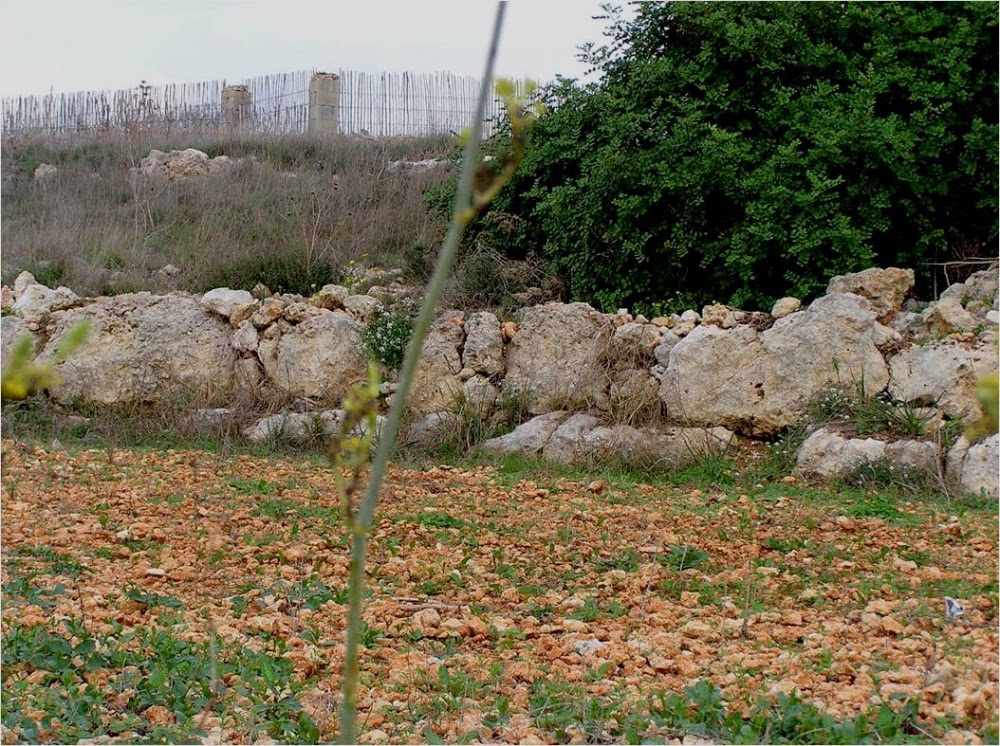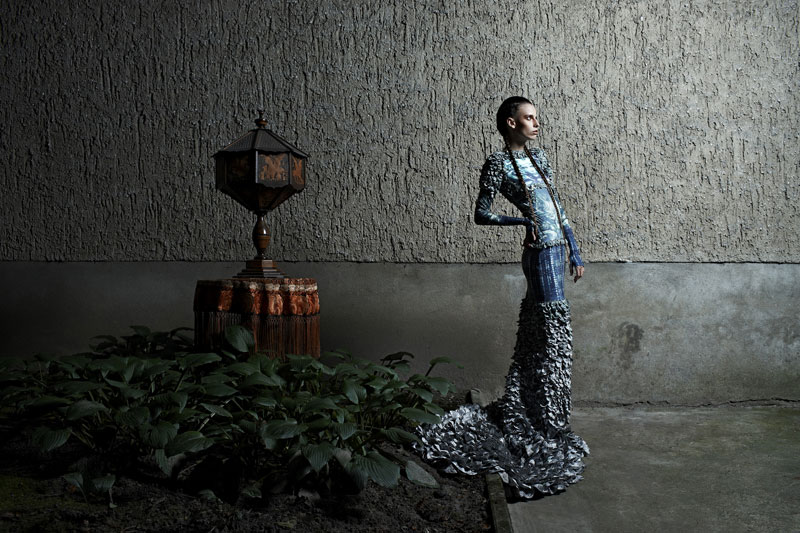Merry Wanderer of the Night [Search results for landscape]
Malta: 50 new sites in Malta scheduled for protection

Awesome Essays: How to Write About Africa

Jordan: Drone offers glimpse of looting at Jordanian site

The Architecture of the National Traditions
Review: Blood Red Road by Moira Young
Iraq: Archaeologists help protect ancient sites in north Iraq

Heritage: Sanctuary of Asclepius in Epidaurus to get a makeover

Interview with Carolyn Turgeon + giveaway! — CLOSED
Fosters and FXFOWLE have won award World Architecture News
Rising of the New Moon
Architectural luxury Fiji
Interview with Elizabeth C. Bunce + Giveaway!
Near East: Race is on to map endangered archaeological sites

National Ecological Institute in South Korea
UK: Archaeologists slam Stonehenge tunnel plan

Round-up for Weekly Geeks 2009-28
Expocentre in Addis Ababa
Malgorzata Dudek Giger’s Goddess Spring/Summer 2012 Women’s Collection

Italy: Taxes and costs, 70 Italian castles on sale

Over a city high overcast is expected







